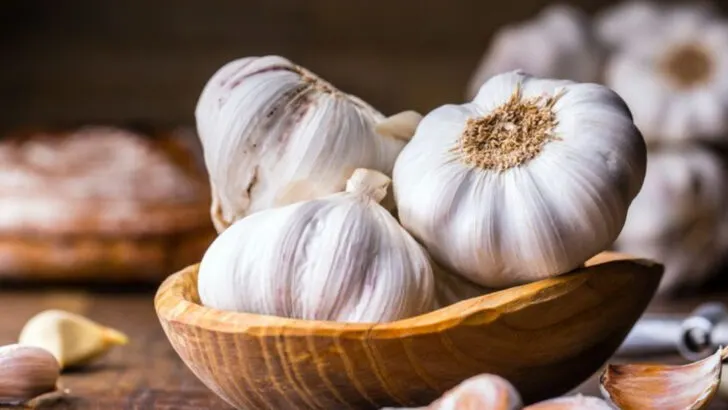Not every garden starts with picture-perfect soil. In fact, plenty of home growers are working with less-than-ideal dirt, sandy patches, compacted clay, or spots that just don’t seem to hold nutrients. Luckily, some vegetables are tougher than they look. They’re willing to grow where others won’t, making them solid choices for plots that haven’t been heavily amended or pampered.
That said, there are still crops that won’t settle for anything less than rich, fertile ground. These picky growers need all the nutrients they can get, and they’ll let you know when they’re not getting them usually with stunted growth or poor yields. Knowing which vegetables will tolerate rough conditions and which ones need the best soil you can offer helps save time, energy, and frustration.
Radishes
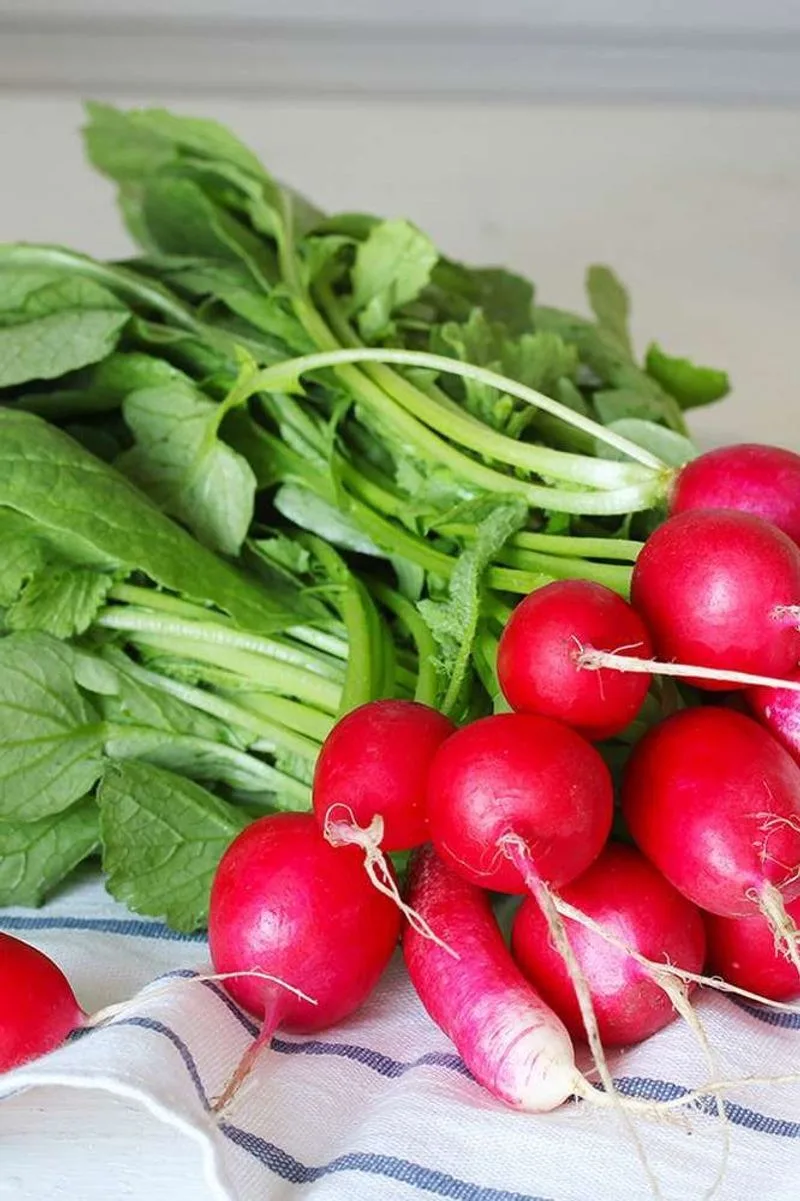
Radishes are the unsung heroes of the vegetable world when it comes to tolerating poor soils. Their robust nature allows them to thrive in sandy or clay soils, offering gardeners a reliable option for early spring harvests. These root vegetables burst with a spicy flavor that enlivens salads and snacks.
Their quick growth cycle makes them perfect for impatient gardeners. Within a few weeks, you can enjoy their crisp texture. Did you know? Radishes were one of the first European crops brought to the Americas. This hardy vegetable has a storied history of adapting to various conditions.
Carrots

Carrots, with their sweet and crunchy roots, aren’t picky about soil quality. They can perform well even in rocky or sandy soils, though they prefer a loamy mix. Carrots provide essential nutrients and are a versatile addition to any diet.
Growing carrots can sometimes be a test of patience, as they need time to develop their signature sweetness. Fun fact: The longest carrot recorded grew over 20 feet long! This vegetable proves that persistence pays off, both in gardening and in history, as it continues to be a dietary staple worldwide.
Parsnips

Parsnips, resembling white carrots, are remarkably resilient and can tolerate less-than-ideal soil. Known for their sweet and nutty flavor, parsnips thrive in well-drained soils and can grow through dry spells where others may fail.
Perfect for roasting or mashing, parsnips offer a comforting taste of autumn. These root vegetables were a staple before potatoes took over the culinary scene. Their ability to store well made them popular during long winters. The parsnip’s endurance in poor soil mirrors its historical importance in traditional diets across Europe.
Beets

Beets are a colorful addition to the garden, famed for their earthy sweetness and vibrant hues. They are quite forgiving of compact or clay soil, making them accessible for many gardeners.
Historically, beets have been used not just for food but also for dyeing fabric. This versatility extends to health benefits, providing vital nutrients like iron. Their resilience in tough soil conditions reflects their broader ability to adapt. As a result, beets have become a beloved ingredient in various culinary traditions, from Eastern European borscht to modern smoothies.
Turnips

Turnips offer a dual-purpose harvest with both edible roots and greens. Their adaptability to diverse soil types, including loamy and uneven soils, makes them a favorite among thrifty gardeners.
These vegetables provide a subtle, peppery flavor perfect for stews and roasts. Historically, turnips were a staple in Europe before the potato’s popularity soared. Their easy growth and versatility made them a critical food source during famines. Today, they continue to serve as a reliable crop in unpredictable soils, proving that their humble nature belies their importance.
Swiss Chard
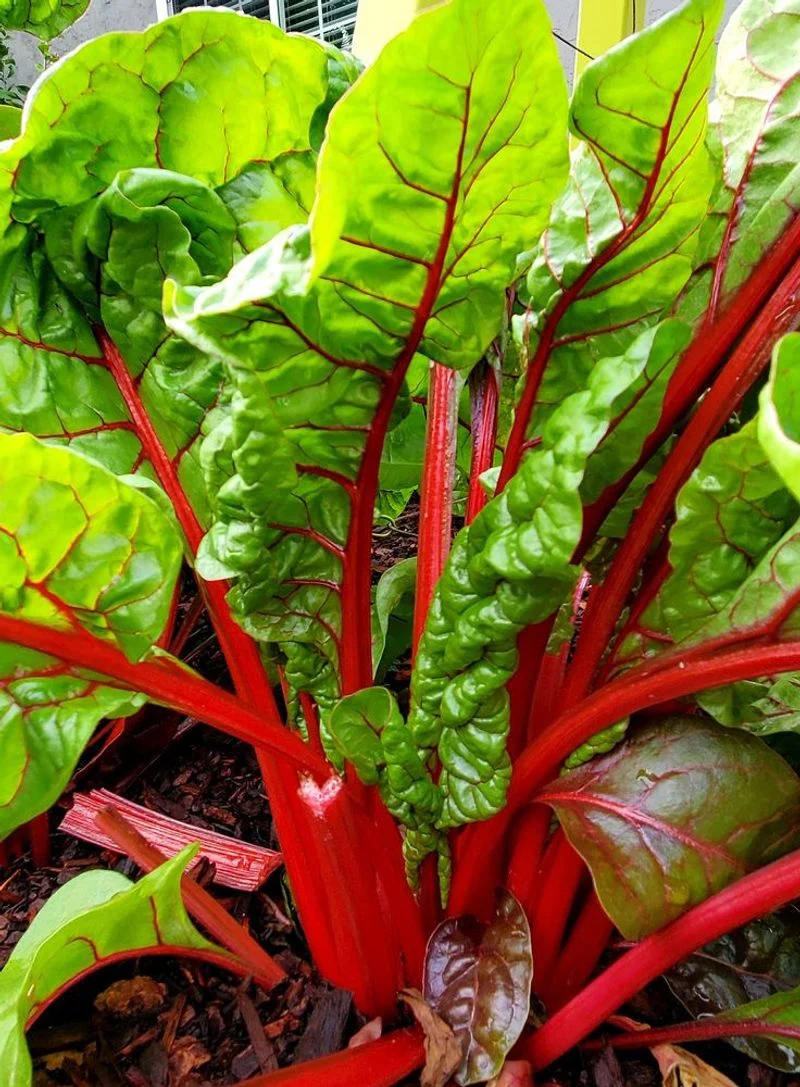
Swiss chard, with its vibrant stalks and broad leaves, brings color to the garden and plate. This leafy green is highly adaptable, thriving in rocky or nutrient-poor soils.
Its mild taste is complemented by a wide array of nutrients, making it a valuable addition to a healthy diet. Did you know? Swiss chard is related to beets, but it’s grown for its leaves instead of roots. Its ability to withstand poor conditions makes it a staple in sustainable gardens, offering continuous harvests throughout the growing season.
Onions

Onions are a kitchen staple, known for their pungent flavor and versatility. Fortunately for gardeners, they can grow in sandy or less fertile soils, making them accessible for those with challenging conditions.
Their robust nature allows them to resist pests and diseases more effectively. Onions have been cultivated for centuries, with historical significance in ancient cuisines around the globe. Whether you prefer them raw, caramelized, or pickled, onions have a place in every dish. This resilience in poor soil reflects their enduring presence in culinary traditions worldwide.
Garlic

Garlic, with its powerful aroma and flavor, is a gardener’s delight for its ability to grow in sandy, well-drained soil. This hardy bulbous plant is not only easy to cultivate but also offers numerous health benefits.
Garlic has been used for medicinal and culinary purposes throughout history, symbolizing strength and protection in various cultures. Its adaptability to different soil conditions mirrors its universal appeal. From ancient Egypt to modern kitchens, garlic continues to charm with its bold taste and sturdy growth habit in less-than-ideal environments.
Potatoes
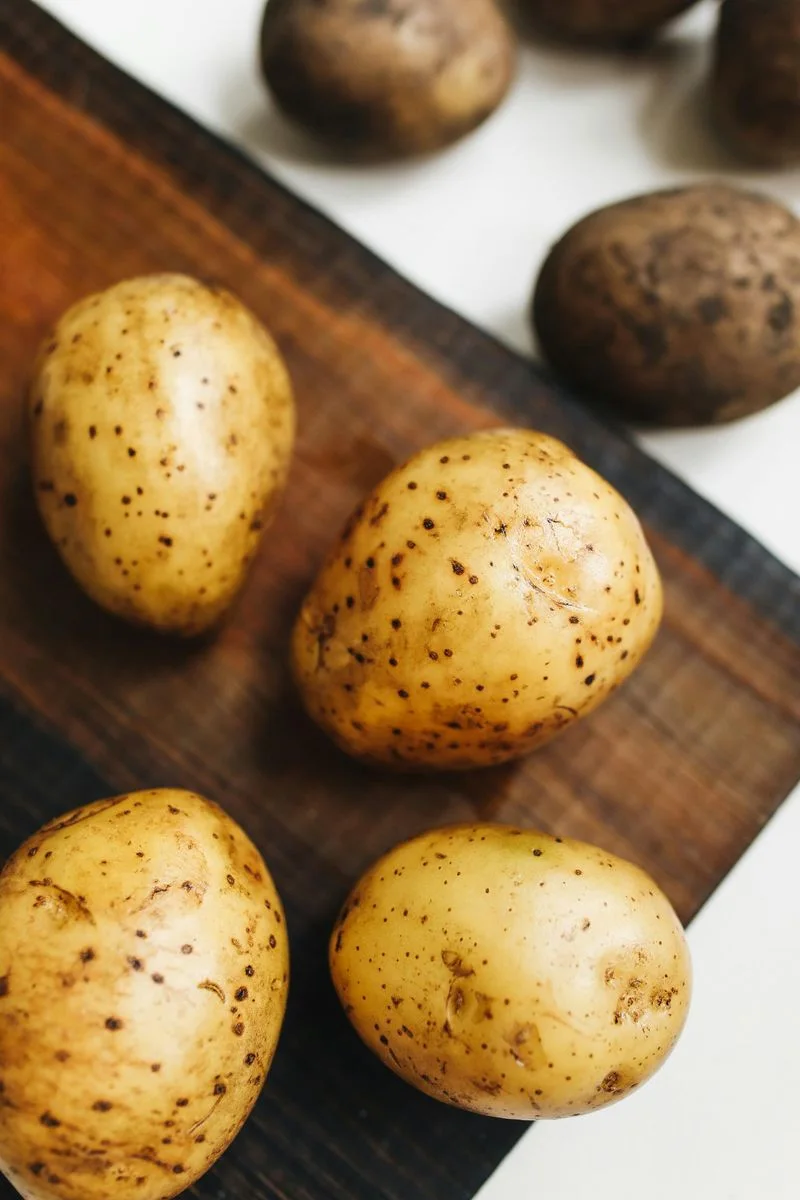
Potatoes, a staple food worldwide, are surprisingly forgiving of poor soil conditions, particularly rocky or sandy soils. Their underground tubers provide essential carbohydrates and nutrients, making them a crucial part of many diets.
The potato’s history is rich, dating back to its domestication in the Andes. Its ability to grow in diverse environments contributed to its global spread. Did you know? Potatoes were the first vegetable grown in space. This flexibility and resilience ensure potatoes remain a key crop, adaptable to varying soil challenges.
Tomatoes
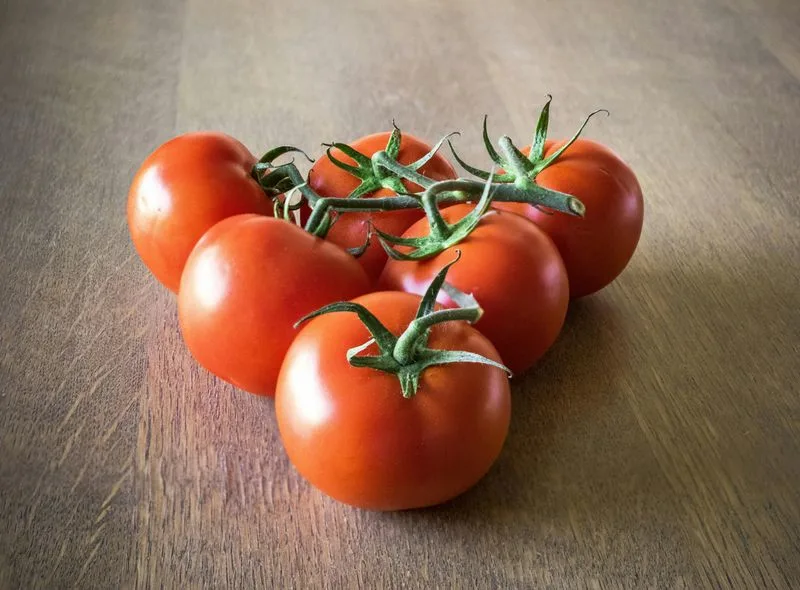
Tomatoes demand the best from their soil, thriving in rich, fertile environments where they can develop their juicy, flavorful fruit. These sun-loving plants reward gardeners with bountiful harvests when given the right conditions.
Tomatoes have a fascinating history, from being considered poisonous in Europe to becoming a beloved ingredient worldwide. Their need for nutrient-dense soil highlights the importance of proper garden care. With countless varieties available, tomatoes provide endless culinary possibilities, from fresh salads to savory sauces.
Peppers
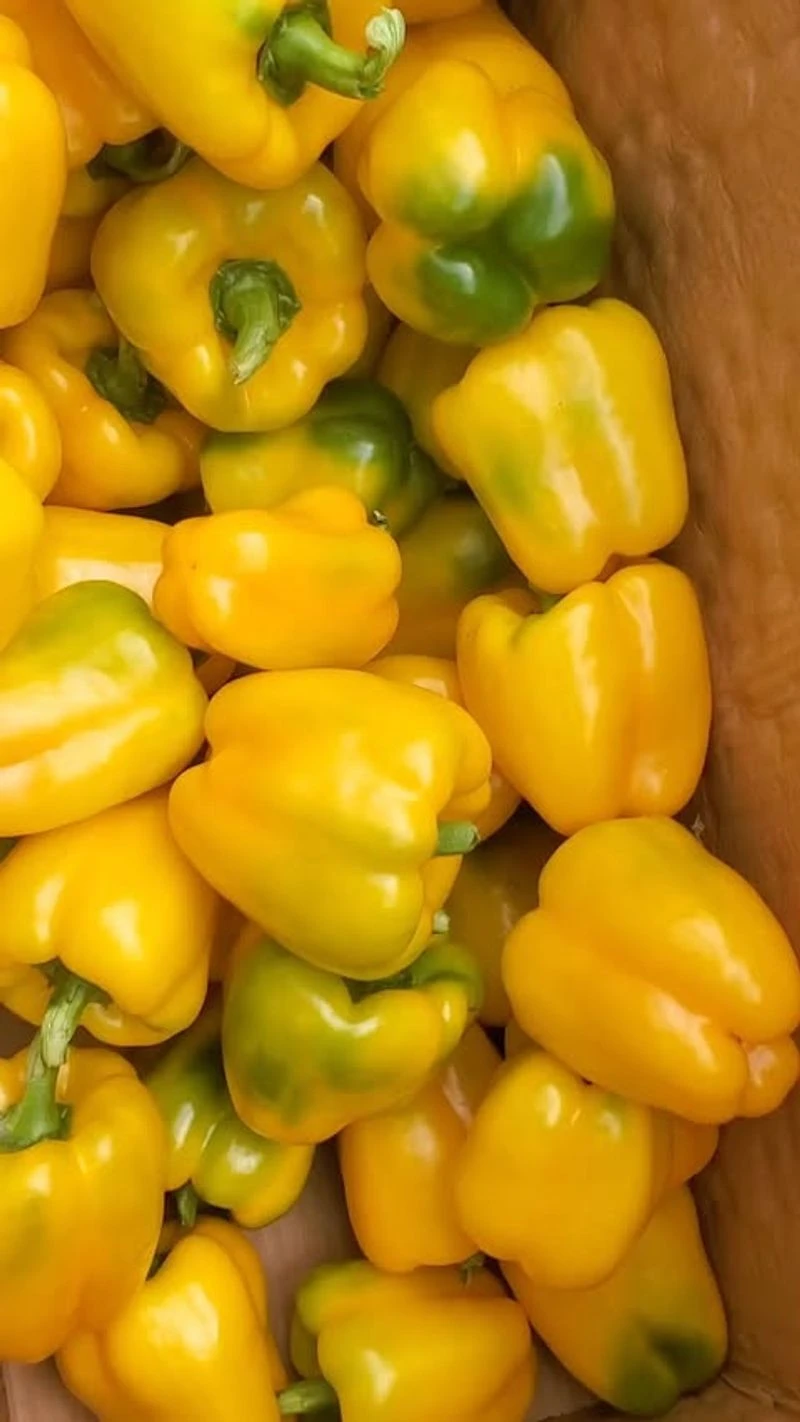
Peppers, whether sweet or spicy, require a rich, fertile soil to reach their full potential. Their vibrant colors and flavors make them a favorite in gardens and kitchens alike.
These plants are native to Central and South America, where they have been cultivated for thousands of years. Peppers’ need for nutrient-rich soil reflects their origins in warm, fertile environments. As a result, they have become a staple in global cuisines, adding spice and color to dishes around the world.
Lettuce
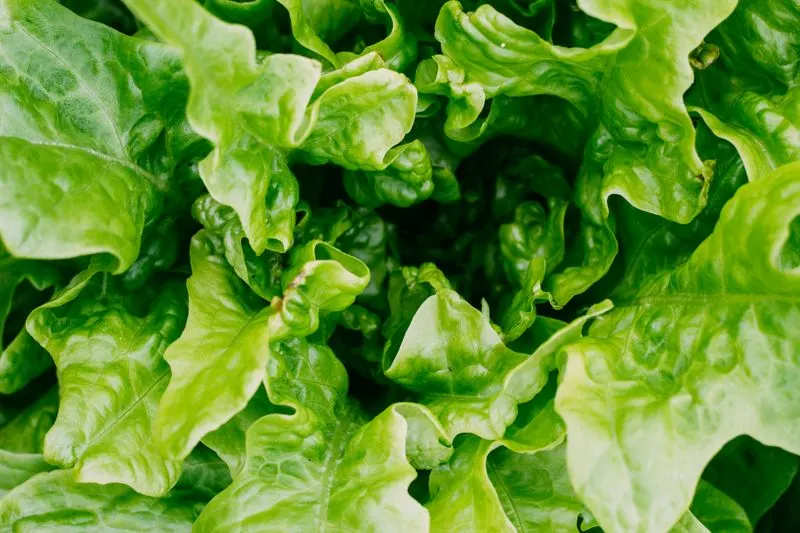
Lettuce, the foundation of many salads, thrives in fertile soil where it can develop its crisp texture and fresh taste. This leafy green prefers cooler temperatures and consistent moisture for optimal growth.
With origins tracing back to ancient Egypt, lettuce has been a dietary staple for centuries. Its need for rich soil highlights the importance of garden planning and care. From romaine to butterhead, lettuce varieties offer diverse flavors and textures, making it a versatile addition to any meal.
Broccoli
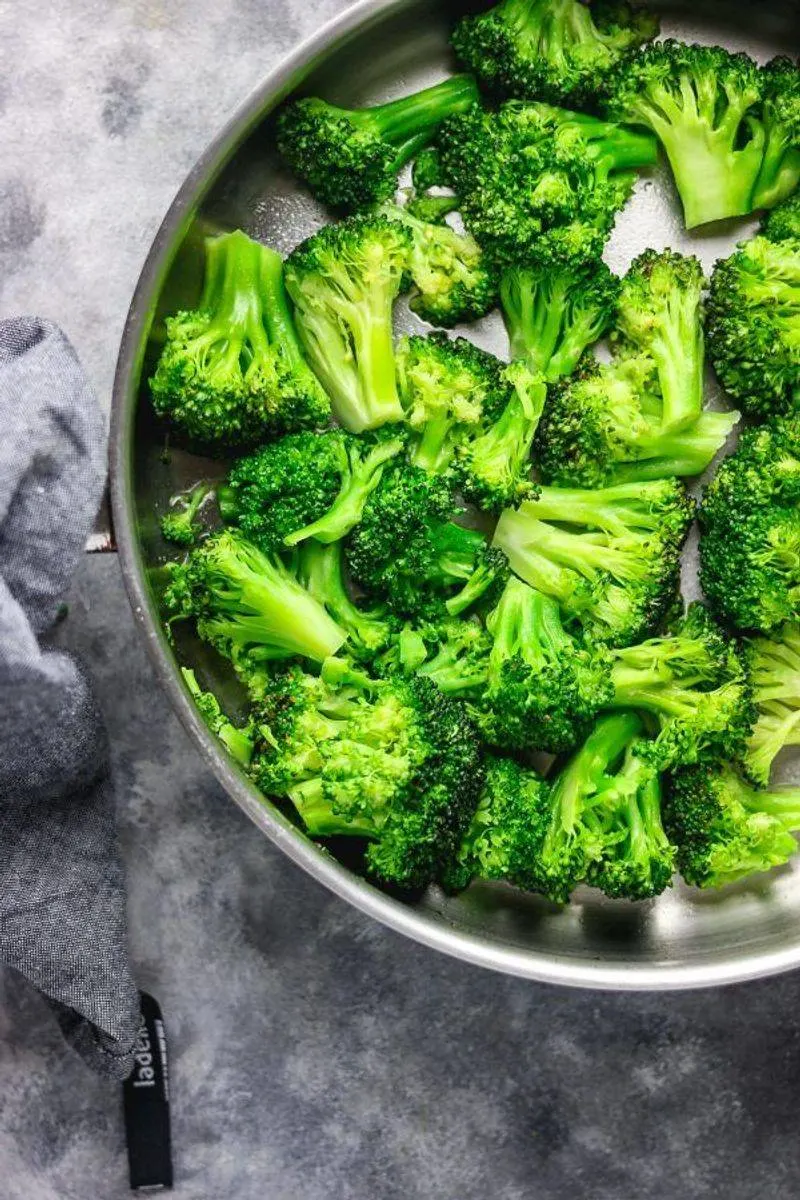
Broccoli, known for its dense heads and nutritional benefits, demands rich, well-drained soil to flourish. This cruciferous vegetable is packed with vitamins and minerals, offering a powerhouse of nutrition.
Broccoli’s history traces back to the Mediterranean, where it was favored for its health properties. Its need for fertile soil matches its reputation as a robust vegetable. Whether steamed, roasted, or raw, broccoli continues to be a staple in health-conscious diets worldwide, celebrated for its ability to bolster wellness.
Cauliflower
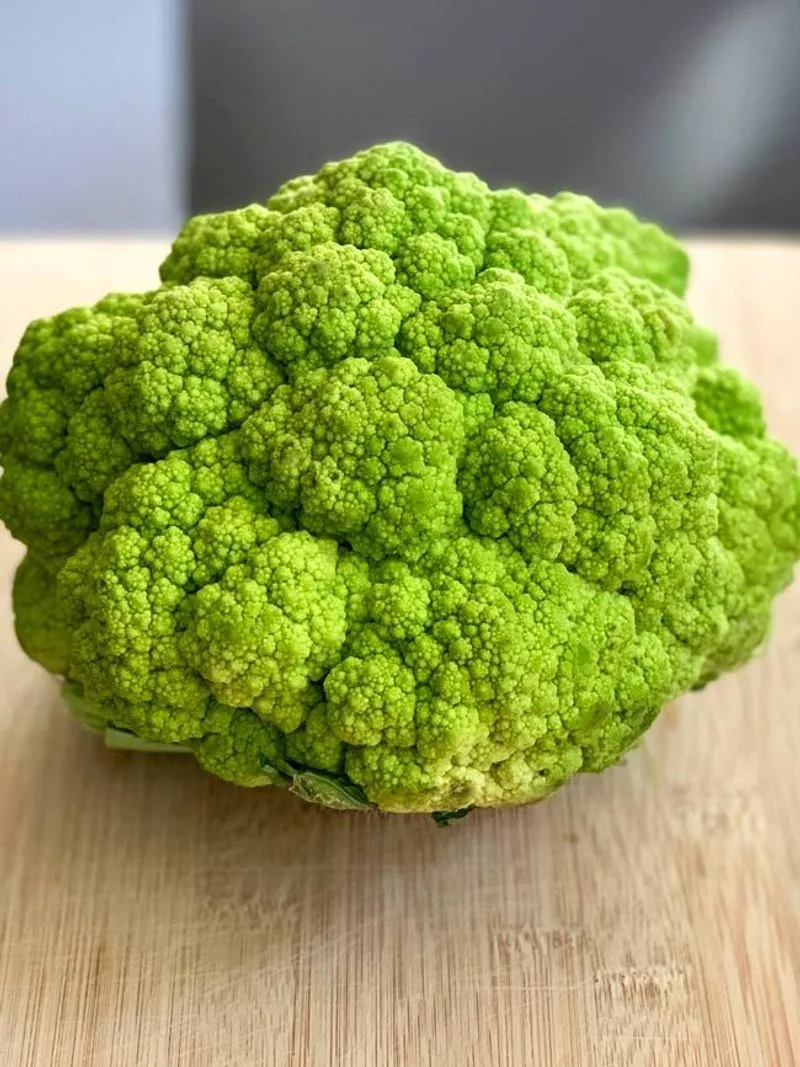
Cauliflower requires fertile, well-drained soil to produce its iconic white florets. This versatile vegetable can be transformed into a myriad of dishes, from creamy soups to pizza crusts.
Originating from the Mediterranean, cauliflower’s popularity has soared in recent years due to its adaptability in various recipes. Its need for nutrient-rich soil highlights its culinary and nutritional value. With a mild taste and numerous culinary applications, cauliflower remains a favorite among gardeners and chefs alike, eager to explore its potential.
Cabbage
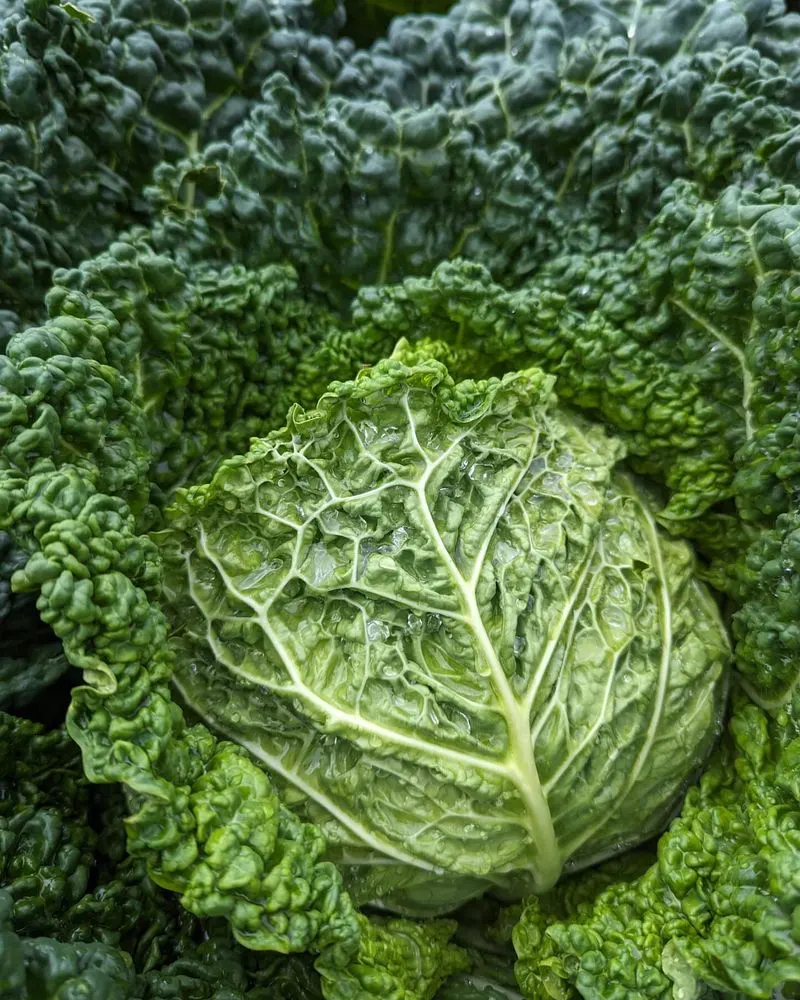
Cabbage, with its robust nature and tight leafy heads, thrives in fertile soil enriched with organic matter. This vegetable is a staple in many cultures, celebrated for its versatility and nutritional benefits.
Belonging to the Brassica family, cabbage has been cultivated for centuries, offering a wide range of varieties from green to purple. Its preference for rich soil underscores its historical importance in traditional diets, especially in colder regions where it stores well through winter. Cabbage’s adaptability and nutritional punch ensure its place in gardens worldwide.

